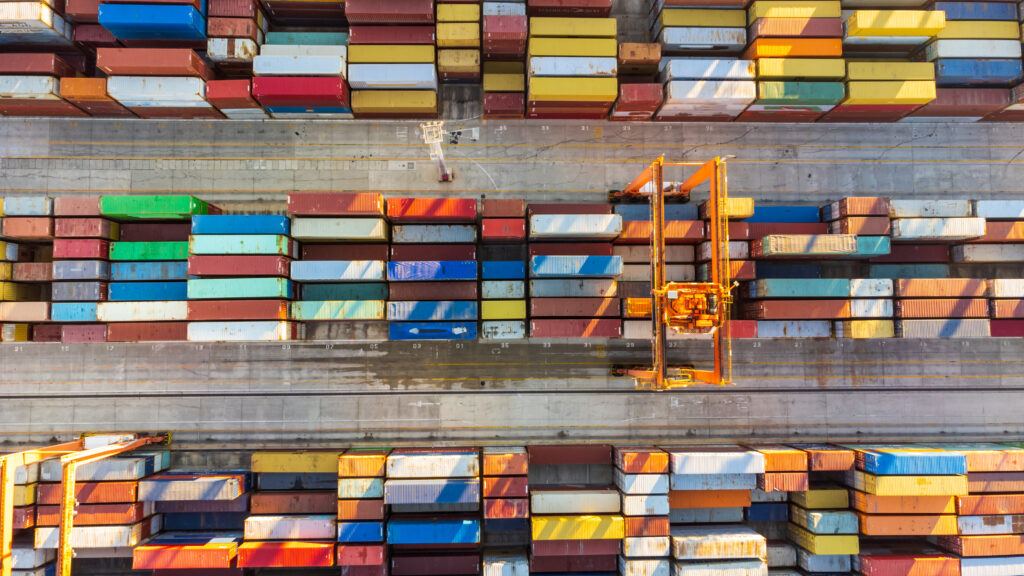On Friday 5 August 2022, the Productivity Commission (PC) released its results of two major studies which assessed the level of government assistance to trade and industry for 2020-2021, namely the Trade Assistance Review and the Nuisance Costs Research — a separate, although related research paper into the nuisance costs of tariffs.
Of these two studies, the Nuisance Costs Research is probably of more immediate interest to industry as it reveals the estimated costs of recovering ’nuisance tariffs‘ both to government and to the private sector, noting that the costs to the private sector include the payment of the tariffs by the importers, the compliance costs to industry from complying with related regulation and the costs passed on to consumers. This includes the costs to secure preference under Australia’s free trade agreements (FTAs) now in place and likely to come into effect in the near future.
The headline summary from an article on the Nuisance Costs Research published in the Sydney Morning Herald on 5 August 2022 is that:
Businesses and consumers are bearing the brunt of ’obsolete‘ tariffs that will cost more to collect than they raise as Australia strikes new free trade deals, a review of the system has found.
Productivity Commission research that puts pressure on the federal government to consider axing all remaining tariffs found the broad economic cost of collecting $1 in tariffs is likely to climb from between 57¢ and $1.59 today to almost $5.
Of course, the Nuisance Costs Research goes into significantly more detail, describing the associated costs of the nuisance tariffs including the costs of seeking Tariff Concession Orders (to eliminate the payment of the tariffs) and the legal costs in the Administrative Appeals Tribunal (AAT) and Federal and High Courts (including the Pharm – A – Care decision of the High Court), although it does not refer to the recent Full Federal Court decisions in Alstom and Hurley and the likely review of those decisions in the AAT and High Court respectively. The Nuisance Costs Research also provides detail on the numbers of Australian Border Force employees involved in the administration of the system and the amounts paid to those employees.
This is not the first time that the PC has undertaken the Nuisance Costs Research – the PC came to similar conclusions on nuisance tariffs in 2019 summarised here.
The wider Trade Assistance Review is another in a succession of such reviews with a useful graphic summarising costs and benefits, concluding that:
Primary production and manufacturing industries received the most assistance (INDUSTRY ASSISTANCE) relative to their contribution (VALUE ADDED) to the economy.
It will be interesting to see if the new Federal Government responds to the research and conclusions of the PC which are in no way binding on the Government. The political decisions and earlier research by the PC finding that FTAs and the anti–dumping and countervailing regimes did not add real economic benefits to the economy compared to their associated costs did not lead to fundamental changes to those areas.
For advice on all aspects of Australian and international trade and customs obligations, please contact our Customs & Trade team.
| Disclaimer: This publication contains comments of a general nature only and is provided as an information service. It is not intended to be relied upon, nor is it a substitute for specific professional advice. No responsibility can be accepted by Rigby Cooke Lawyers or the authors for loss occasioned to any person doing anything as a result of any material in this publication.
Liability limited by a scheme approved under Professional Standards Legislation. ©2022 Rigby Cooke Lawyers |
